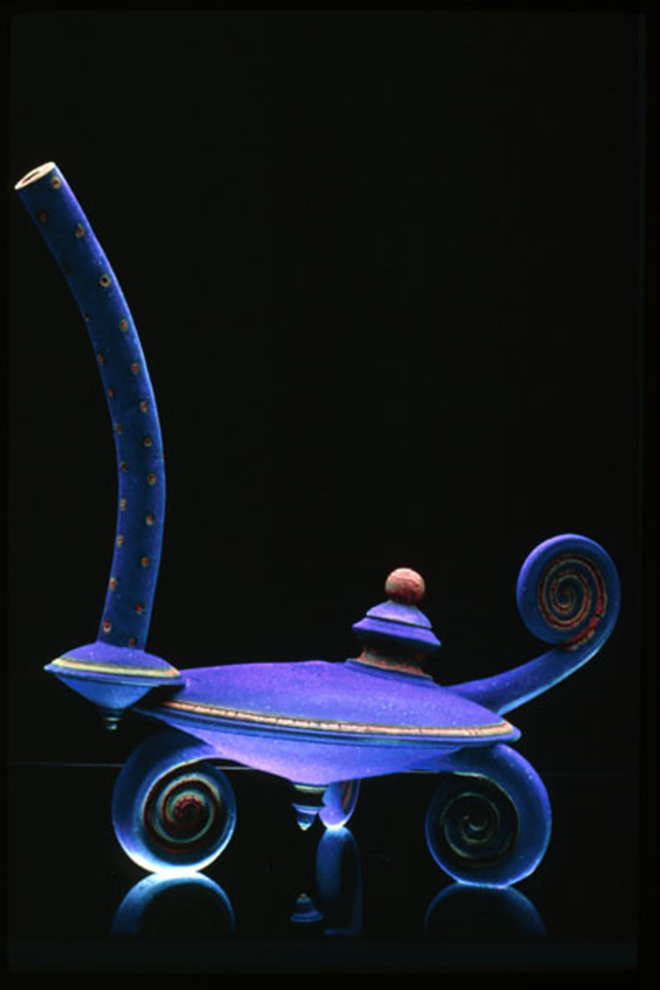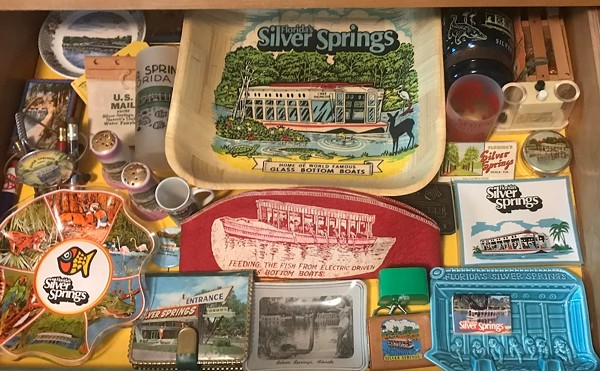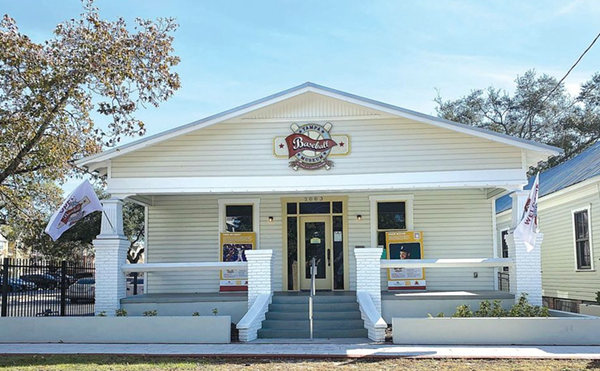Russ Gustafson-Hilton's eye-catching pots look more like genies' lamps than vessels made from humble earth. When you see their vibrant colors, it's hard to believe they began life as lumps of clay.
The process begins as Gustafson-Hilton mixes a custom clay body — a combination of clay and minerals — designed to withstand multiple firings in a high-temperature kiln. He throws and hand-builds the clay, putting the pieces together into fanciful teapots and urns, coating each with his own concoctions of glaze. As the pieces are fired again and again, chemical changes occur in the glazes, bringing out the vibrant colors, which — along with matte surfaces and rich texture — characterize his work.
The color palette of the pots, which have a supernatural glow, draws on blues and purples used in 14th and 15th-century Middle Eastern art, Gustafson-Hilton says. There's a personal connection to that region and its traditions for the artist, whose grandfather immigrated to the U.S. from Lebanon.
Gustafson-Hilton began his career as a functional potter but switched to making decorative pieces that sell for higher prices after an injury severely limited the volume of work he could produce. He still models some of his pieces after functional forms like the teapot, but lets his imagination run wild with elongated spouts and bodies, swirling handles and knobs.
After growing up in St. Petersburg, Gustafson-Hilton studied criminology at Florida State University. A chance decision to take a ceramics course during his final semester changed the course of his life. He returned to the Bay area and began teaching ceramics, eventually becoming instrumental in nurturing St. Pete's thriving clay scene into existence.
At the Arts Center, the Russ Gustafson-Hilton clay studio bears his name. It's a tribute to his role in the fundraising effort that helped the Center construct its current facility. He approached Beth Manning, a ceramics artist and the donor largely responsible for the Center's upcoming expansion as well, to fund its growth in the late '90s.
In 1996, he cofounded the St. Petersburg Clay Company, now located in a renovated train station just south of the Grand Central district. He sold his interest in the Clay Company in 2004 to return to his practice as a studio potter. Now he coordinates the Arts Center's clay program and teaches intermediate and advanced classes there.
Gustafson-Hilton remembers a time just a couple of decades ago when local gatherings of clay artists drew less than a dozen people and ceramic art was limited to sculptures of fish and flamingos. Today, the Arts Center's clay program attracts nearly 80 potters-in-training for each six-week class period, and work spans a variety of techniques and traditions.
Gustafson-Hilton also sits on the city's arts advisory council. "To see what's going on in this town, it's just jaw-dropping," he says.
So are his luminous pots, whose magical quality is unlike anything else you'll see in the area. Purchase one at the Arts Center's holiday show, and try rubbing it for a holiday wish.
The Handmade Holiday Guide



















